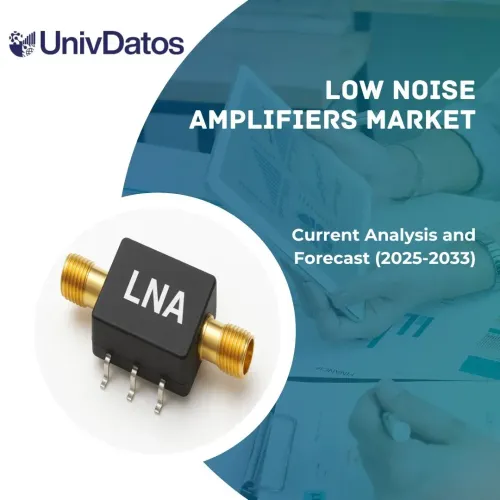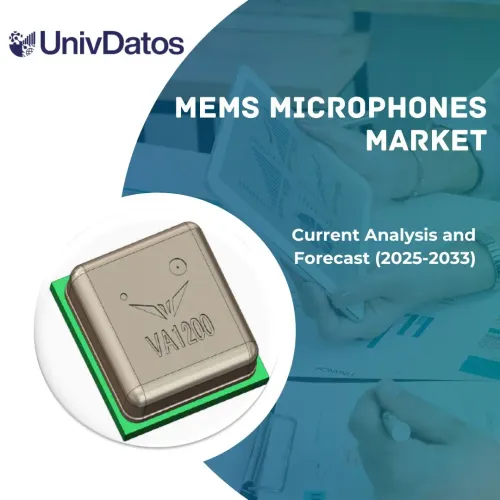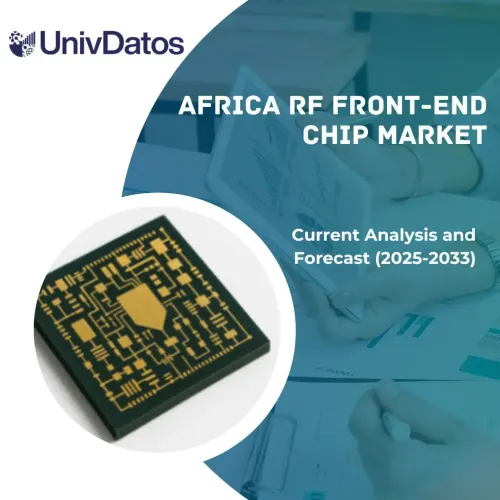極端紫外線(EUV)リソグラフィ市場:現状分析と予測(2024年~2032年)
コンポーネント(光源、光学系、マスクなど)への重点;エンドユーザー(Integrated Device Manufacturer、ファウンドリ);地域/国。
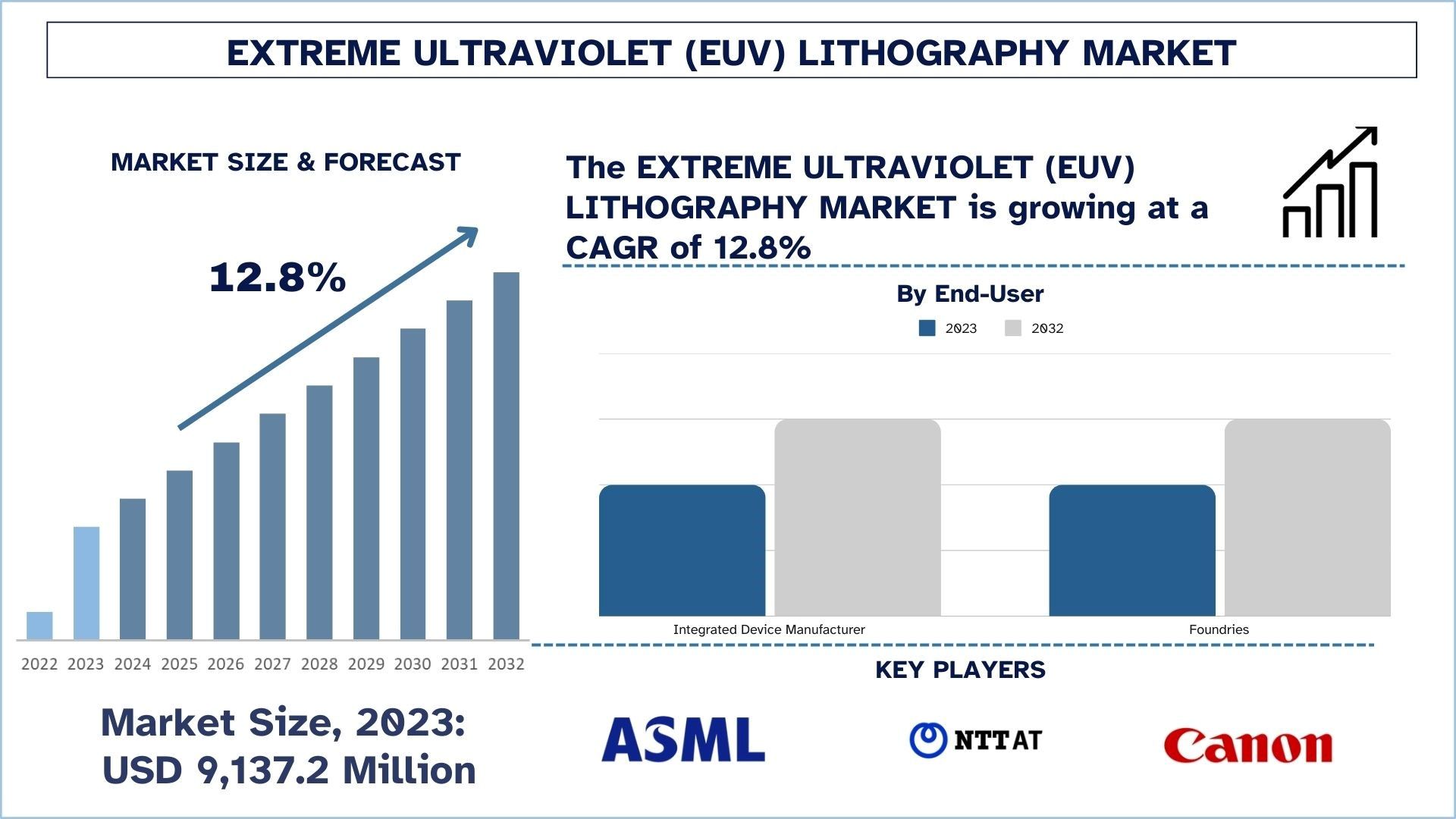
極端紫外線リソグラフィー市場規模と予測
極端紫外線リソグラフィー市場は、2023年に91億3,720万米ドルと評価され、政府の支援、技術の進歩、小型で高性能なチップに対する需要の増加により、予測期間(2024年~2032年)中に約12.8%の強いCAGRで成長すると予想されています。
極端紫外線リソグラフィー市場分析
EUVリソグラフィー市場は、半導体産業の二次市場セグメントであり、5nm、3nmなどの高度なノードでチップを製造するために必要です。波長13.5nmのEUVリソグラフィーは、半導体ウェハーの高解像度パターニングに使用され、より小型で高速、より効率的なチップの開発に必要です。これは、AI、5G、IoT、自動運転車、および家電製品におけるイノベーションを実現するための鍵となります。主に、高性能チップに対する市場ニーズの高まり、TSMC、Samsung、Intelなどの業界大手による多額の投資、および半導体製造技術の急速な進歩によって推進されています。EUVリソグラフィーの世界的な採用は、政府の資金提供と、政府のイニシアチブによる半導体サプライチェーンの確立によっても支援されています。
米国、韓国、台湾は、強力な半導体エコシステムと最先端の製造技術への大規模な投資により、EUVリソグラフィー市場で最も急速に成長している国です。米国は、巨額のCHIPS法投資とIntelおよびTSMCによる新しい工場により、急速に成長しています。韓国のSamsungとSK Hynixは、高度なチップに対する世界的な需要に乗るためにファウンドリの能力を拡大することに賭けています。台湾に本社を置くTSMCは、高度な能力と大量生産能力を備えているため、依然としてチップ生産で世界をリードしています。また、中国は、外国の半導体技術への依存を減らし、技術的な自立を達成するために、政府の多大な投資により、ますます積極的な役割を果たしています。EUVリソグラフィー市場の将来は、これらの国によって、イノベーションの育成と規模拡大の両方で推進されています。
極端紫外線リソグラフィー市場動向
このセクションでは、当社の調査専門家チームが特定した、極端紫外線リソグラフィー市場のさまざまなセグメントに影響を与えている主要な市場動向について説明します。
より小さなノードの需要
EUVリソグラフィー市場の主要な推進要因は、より小さな半導体ノードの要件です。AI、5G、IoTなどの技術が進歩するにつれて、より小型で、より強力で、エネルギー効率の高いチップの目的が増えています。これらの高度な技術を可能にするには、より高速な処理速度とより少ない消費電力をサポートするために、トランジスタ密度が高いチップも必要です。5nm、3nm、2nmノードを超えて推進し続けるためには、半導体メーカーは、非常に低いフィーチャサイズに必要な非常に正確なパターニングを可能にするために、EUVリソグラフィーにますます依存する必要があります。これは、より小さなノードへの欲求のためにEUV市場を成長させ続けるためです。
研究開発および製造への投資
半導体企業は、研究、開発、製造に大規模に投資しており、EUVリソグラフィーの採用が加速しています。しかし、Intel、TSMC、Samsungは、チップ製造の競争の激しい世界で先頭に立つために、シリコン科学の研究開発に数十億ドルを費やしています。これらの投資の焦点は、製造効率、新しいチップアーキテクチャの開発、および高度な半導体技術の創造です。したがって、EUVリソグラフィーは、現在可能な範囲を超えて現在のフォトリソグラフィーの最先端を拡張することにより、次世代チップを実現する上で不可欠です。
高性能チップ
EUV市場のもう1つの主な推進要因は、高性能チップの需要の高まりです。より高速、より大容量のストレージ容量、およびよりエネルギー効率の高いパフォーマンスを提供するチップは、自動車、家電製品、データセンター、クラウドコンピューティングなどの業界で急速に需要が高まっています。これらの要件は、EUVリソグラフィーなどの高度な半導体プロセスなしでは満たすことができません。これにより、より小型で、ますます高密度に詰め込まれたトランジスタを備えたチップを製造し、より高速に動作し、消費電力を抑えることができます。これらのチップへの依存がアプリケーションで増え続けるにつれて、EUV技術の需要も同時に高まります。
政府支援
繰り返しますが、EUVリソグラフィーの採用は、政府のイニシアチブと資金提供に大きく依存しています。これは、米国、ヨーロッパ、アジアなどの地域を含む、世界中の多くの政府に特に当てはまります。これらの政府は、国内の半導体生産を増やし、外国技術への依存を減らすためのイニシアチブを開始しています。たとえば、米国のCHIPS法は、国内のチップ製造を奨励するためにお金を費やし、EUVなどの高度な技術の採用を推進しています。同様に、韓国や日本などの国々は、半導体産業の発展に多大な投資を行ってきました。これにより、EUVテクノロジーが繁栄し、成長する環境が育まれ、さらに重要なことに、これは長期的な市場の成長をもたらします。
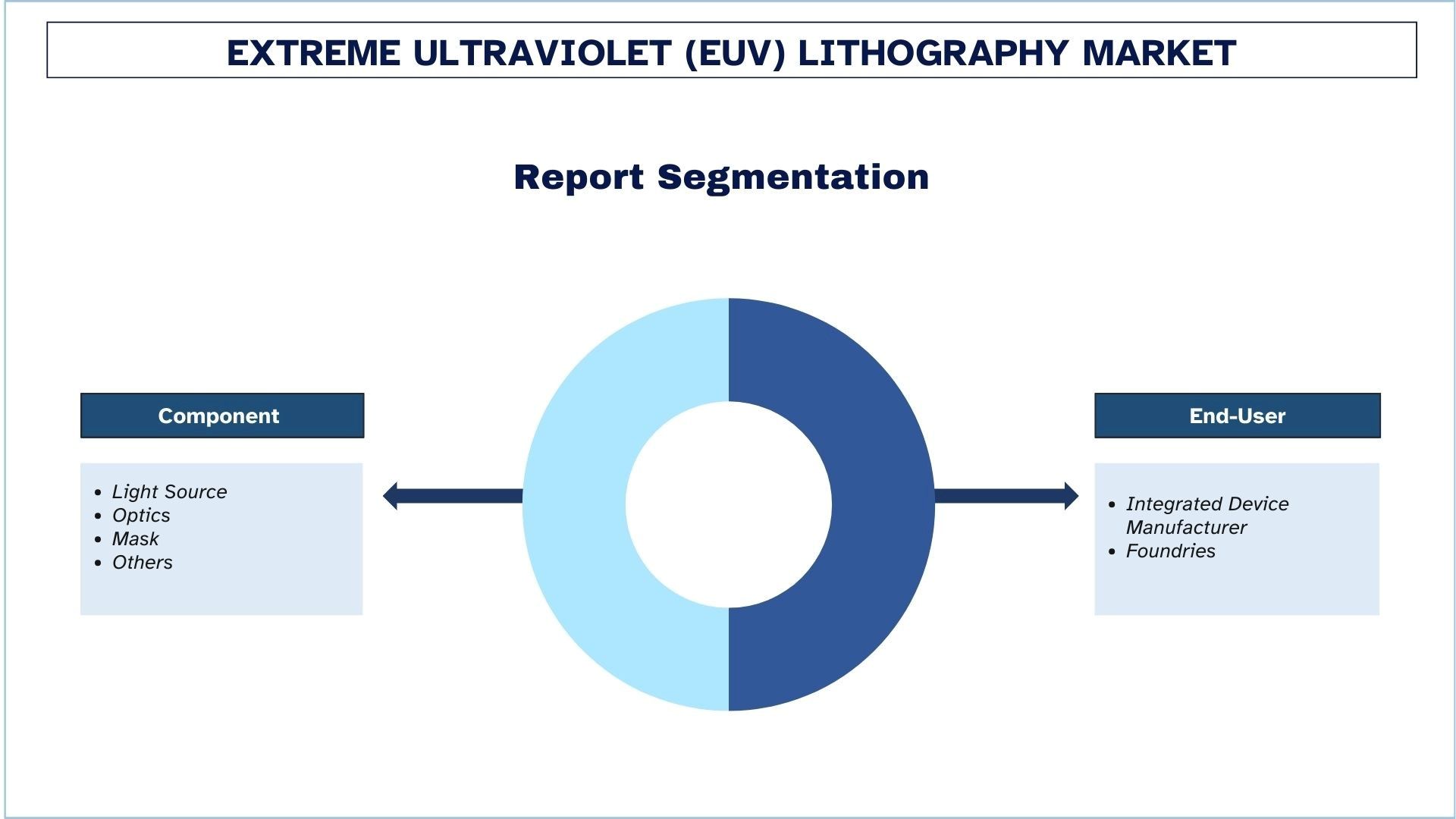
APACは予測期間中に大幅なCAGRで成長すると予想されます
アジア太平洋(APAC)地域は、極端紫外線(EUV)リソグラフィー市場の最前線にあり、Taiwan Semiconductor Manufacturing Company(TSMC)、Samsung Electronics、SK Hynixなどの主要な半導体メーカーを魅了しています。これらの企業は、APACの世界的な半導体生産拠点において、5nmおよび3nmノードなどの高度なチップの生産にEUVを採用する上で主導的な役割を果たしています。台湾、韓国、日本、中国などの国では、政府のイニシアチブが、国内の半導体研究開発に対する大規模な投資、資金提供、および研究開発のサポートにより、EUVの採用をさらに促進しています。APACは、5G、AI、自動車などの業界全体で高性能、エネルギー効率の高いチップに対する需要が増加していること、およびグローバルな半導体業界を定義するのに役立つイノベーションおよび製造能力の推進により、EUVリソグラフィーの主要市場であり続けています。
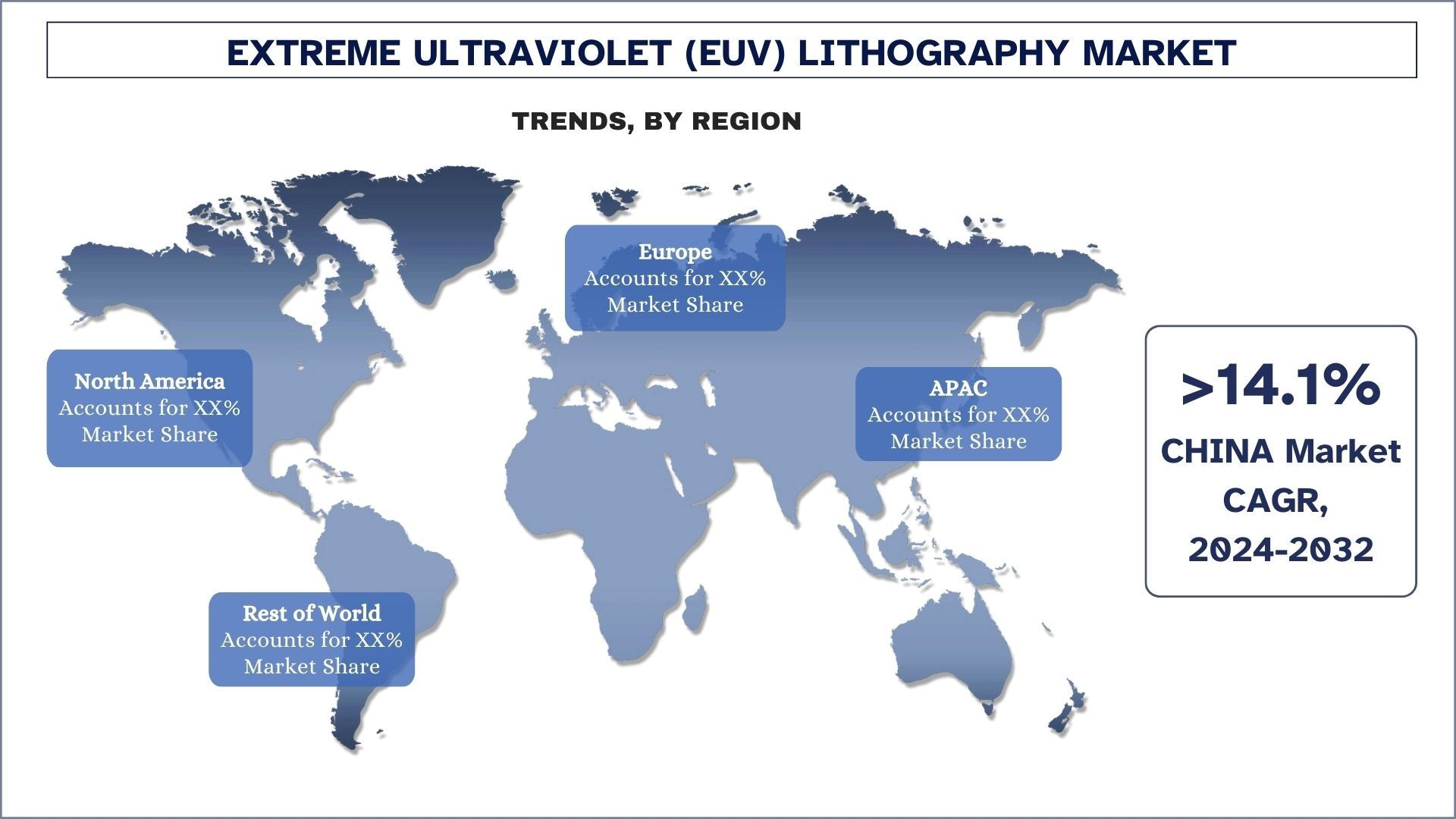
極端紫外線リソグラフィー業界の概要
極端紫外線リソグラフィー市場は競争が激しく、細分化されており、いくつかのグローバルおよび国際的な市場プレーヤーが存在します。主要なプレーヤーは、パートナーシップ、契約、コラボレーション、新製品の発売、地理的な拡大、M&Aなど、市場でのプレゼンスを高めるためにさまざまな成長戦略を採用しています。市場で活動している主要なプレーヤーには、ASML Holding NV、NTT Advanced Technology Corporation、Canon Inc.、Nikon Corporation、Intel Corporation、Taiwan Semiconductor Manufacturing Company Limited、Samsung Electronics Co. Ltd.、Toppan Photomasks Inc.、ZEISS Group、Ushio、Inc.が含まれます。
極端紫外線リソグラフィー市場ニュース
2024年5月、Intelは、今年製造される予定のASMLのすべての高開口数NA極端紫外線(High NA EUV)チップ製造装置の在庫を確保しました。TheElecのレポートによると、オランダに拠点を置くASMLは、年間約5〜6台の高NA EUV装置を製造する能力があり、Intelは2024年に生産される予定の5台すべてを確保しました。各ユニットの費用は約3億7,000万ドルです。レポートは、SamsungとSK Hynixは、ASMLから機器を入手するために2025年後半まで待つ必要があるだろうと付け加えました。
極端紫外線リソグラフィー市場レポートの範囲
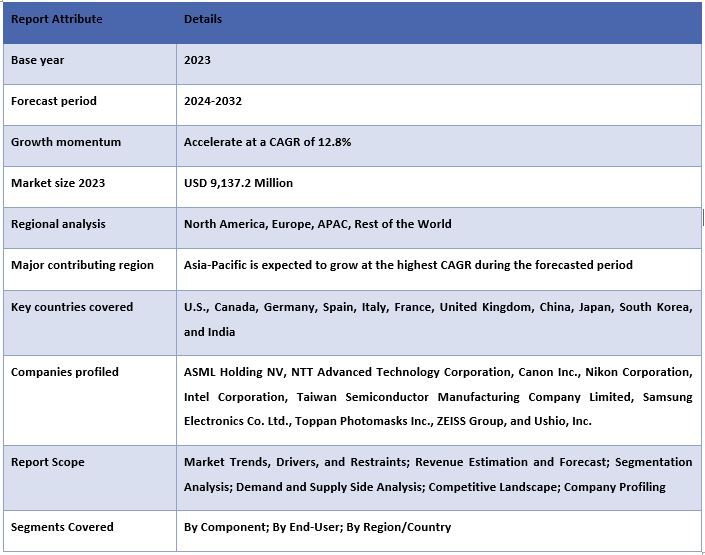
このレポートを購入する理由:
この調査には、認証された主要な業界の専門家によって検証された、市場規模の測定と予測分析が含まれています。
レポートは、業界全体のパフォーマンスの簡単なレビューを一目で示しています。
レポートは、主要なビジネス財務、製品ポートフォリオ、拡張戦略、および最近の開発に主な焦点を当てて、著名な業界の同業者の詳細な分析をカバーしています。
業界で普及している推進要因、制約、主要な傾向、および機会の詳細な調査。
この調査は、さまざまなセグメントにわたる市場を包括的にカバーしています。
業界の地域レベル分析の詳細な調査。
カスタマイズオプション:
グローバルな極端紫外線リソグラフィー市場は、要件またはその他の市場セグメントに応じてさらにカスタマイズできます。これに加えて、UMIは、お客様独自のビジネスニーズがあることを理解しているため、お客様の要件に完全に適合するレポートを入手するには、お気軽にお問い合わせください。
目次
極端紫外線(EUV)リソグラフィ市場分析(2024年~2032年)の調査方法
グローバル極端紫外線リソグラフィの過去の市場を分析し、現在の市場を推定し、将来の市場を予測することは、グローバル主要地域における極端紫外線リソグラフィの採用を創出し、調査するために行われた3つの主要なステップでした。過去の市場数値を収集し、現在の市場規模を推定するために、徹底的な二次調査が実施されました。次に、これらの洞察を検証するために、多数の調査結果と仮定が考慮されました。さらに、グローバル極端紫外線リソグラフィ市場のバリューチェーン全体にわたる業界専門家との徹底的な主要インタビューも実施されました。主要インタビューを通じて市場数値を仮定および検証した後、トップダウン/ボトムアップアプローチを採用して、完全な市場規模を予測しました。その後、市場の内訳とデータ三角測量法を採用して、業界のセグメントおよびサブセグメントの市場規模を推定および分析しました。詳細な方法論は以下のとおりです。
過去の市場規模の分析
ステップ1:二次ソースの詳細な調査:
年次報告書および財務諸表、業績プレゼンテーション、プレスリリースなどの企業内ソース、およびジャーナル、ニュースおよび記事、政府刊行物、競合他社の刊行物、セクターレポート、サードパーティデータベース、その他の信頼できる刊行物などの外部ソースを通じて、極端紫外線リソグラフィの過去の市場規模を取得するために、詳細な二次調査が実施されました。
ステップ2:市場セグメンテーション:
極端紫外線リソグラフィの過去の市場規模を取得した後、主要地域におけるさまざまなセグメントおよびサブセグメントの過去の市場の洞察とシェアを収集するために、詳細な二次分析を実施しました。主要なセグメントは、コンポーネントやエンドユーザーなど、レポートに含まれています。さらに、その地域でのテストモデルの全体的な採用を評価するために、国レベルの分析を実施しました。
ステップ3:要因分析:
さまざまなセグメントおよびサブセグメントの過去の市場規模を取得した後、極端紫外線リソグラフィの現在の市場規模を推定するために、詳細な要因分析を実施しました。さらに、極端紫外線リソグラフィ市場のコンポーネントやエンドユーザーなど、従属変数と独立変数を使用して要因分析を実施しました。世界中の極端紫外線リソグラフィセクターにおけるトップパートナーシップ、M&A、事業拡大、製品発売を考慮して、需要と供給側のシナリオの徹底的な分析を実施しました。
現在の市場規模の推定と予測
現在の市場規模の算出:上記の3つのステップからの実行可能な洞察に基づいて、現在の市場規模、グローバル極端紫外線リソグラフィ市場の主要プレーヤー、およびセグメントの市場シェアに到達しました。必要なパーセンテージシェアの分割と市場の内訳はすべて、上記の二次的アプローチを使用して決定され、主要インタビューを通じて検証されました。
推定と予測:市場の推定と予測のために、推進要因とトレンド、制約、および利害関係者が利用できる機会を含むさまざまな要因に重みが割り当てられました。これらの要因を分析した後、関連する予測手法、つまり、トップダウン/ボトムアップアプローチを適用して、グローバル主要市場全体におけるさまざまなセグメントおよびサブセグメントの2032年の市場予測に到達しました。市場規模を推定するために採用された調査方法論には、以下が含まれます。
収益(米ドル)の面での業界の市場規模、および国内の主要市場全体での極端紫外線リソグラフィの採用率
市場セグメントおよびサブセグメントのすべてのパーセンテージシェア、分割、および内訳
提供される製品の面で、グローバル極端紫外線リソグラフィ市場の主要プレーヤー。また、この急速に成長する市場で競争するために、これらのプレーヤーが採用した成長戦略
市場規模とシェアの検証
一次調査:主要地域全体のトップレベルのエグゼクティブ(CXO/VP、営業責任者、マーケティング責任者、運用責任者、地域責任者、カントリーヘッドなど)を含む主要オピニオンリーダー(KOL)との詳細なインタビューを実施しました。次に、一次調査の結果を要約し、統計分析を実行して、述べられた仮説を証明しました。一次調査からのインプットは二次的調査結果と統合され、それによって情報を実行可能な洞察に変えました。
さまざまな地域における主要参加者の分割
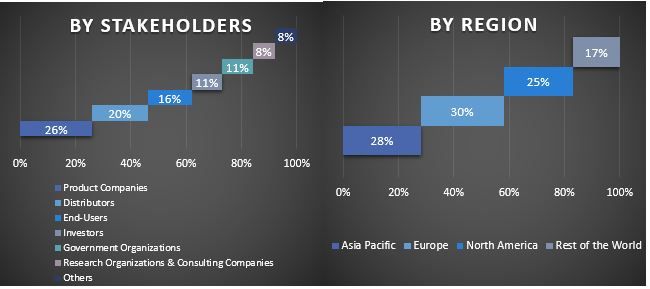
市場エンジニアリング
データ三角測量技術を採用して、全体的な市場推定を完了し、グローバル極端紫外線リソグラフィ市場の各セグメントおよびサブセグメントの正確な統計数値に到達しました。データは、グローバル極端紫外線リソグラフィ市場のコンポーネントおよびエンドユーザーの分野におけるさまざまなパラメーターとトレンドを調査した後、いくつかのセグメントおよびサブセグメントに分割されました。
グローバル極端紫外線リソグラフィ市場調査の主な目的
グローバル極端紫外線リソグラフィ市場の現在および将来の市場トレンドは、調査で正確に指摘されました。投資家は、調査で実施された定性的および定量的分析に基づいて、投資に対する裁量を基にするための戦略的洞察を得ることができます。現在および将来の市場トレンドは、地域レベルでの市場の全体的な魅力を決定し、業界の参加者が未開拓の市場を活用してファーストムーバーの優位性から恩恵を受けるためのプラットフォームを提供しました。調査のその他の定量的な目標には、以下が含まれます。
価値(米ドル)の面で、極端紫外線リソグラフィ業界の現在および予測市場規模を分析します。また、さまざまなセグメントおよびサブセグメントの現在および予測市場規模を分析します
調査のセグメントには、コンポーネントとエンドユーザーの分野が含まれます
極端紫外線リソグラフィ業界の規制フレームワークの定義と分析
業界の顧客と競合他社の行動を分析するとともに、さまざまな仲介業者の存在を伴うバリューチェーンの分析
主要地域の極端紫外線リソグラフィ市場の現在および予測市場規模の分析
レポートで調査された地域の主要国には、アジア太平洋、ヨーロッパ、北米、および世界のその他の地域が含まれます
極端紫外線リソグラフィ市場の企業プロファイル、および急速に成長する市場で維持するために市場プレーヤーが採用した成長戦略
業界の詳細な地域レベルの分析
よくある質問 よくある質問
Q1: 極端紫外線リソグラフィー市場の現在の市場規模と成長の可能性は?
極端紫外線リソグラフィ市場は、2023年に91億3,720万米ドルと評価され、予測期間(2024年~2032年)中に約12.8%の力強いCAGRで成長すると予想されています。
Q2:極端紫外線リソグラフィー市場の成長を牽引する要因は何ですか?
極端紫外線リソグラフィ市場の成長は、より小型で高性能なチップに対する需要の増加、半導体技術の進歩、および研究開発と製造への多大な投資によって牽引されています。
Q3:コンポーネント別では、極端紫外線リソグラフィー市場で最大のシェアを占めるセグメントはどれですか?
光源セグメントは、コンポーネント別に見ると、極端紫外線リソグラフィ市場で最大のシェアを占めています。
Q4: 極端紫外線リソグラフィ市場における新たな技術とトレンドは何ですか?
EUVリソグラフィ市場における新たな技術とトレンドには、高出力EUV光源の開発、マスク技術の向上、そしてプロセス制御と効率を向上させるためのAIおよび機械学習の統合が含まれます。
Q5:極端紫外線リソグラフィー市場において、どの地域が最も大きなシェアを占めるでしょうか?
予測期間中、APACが市場を支配すると予想されます。
関連 レポート
この商品を購入したお客様はこれも購入しました



